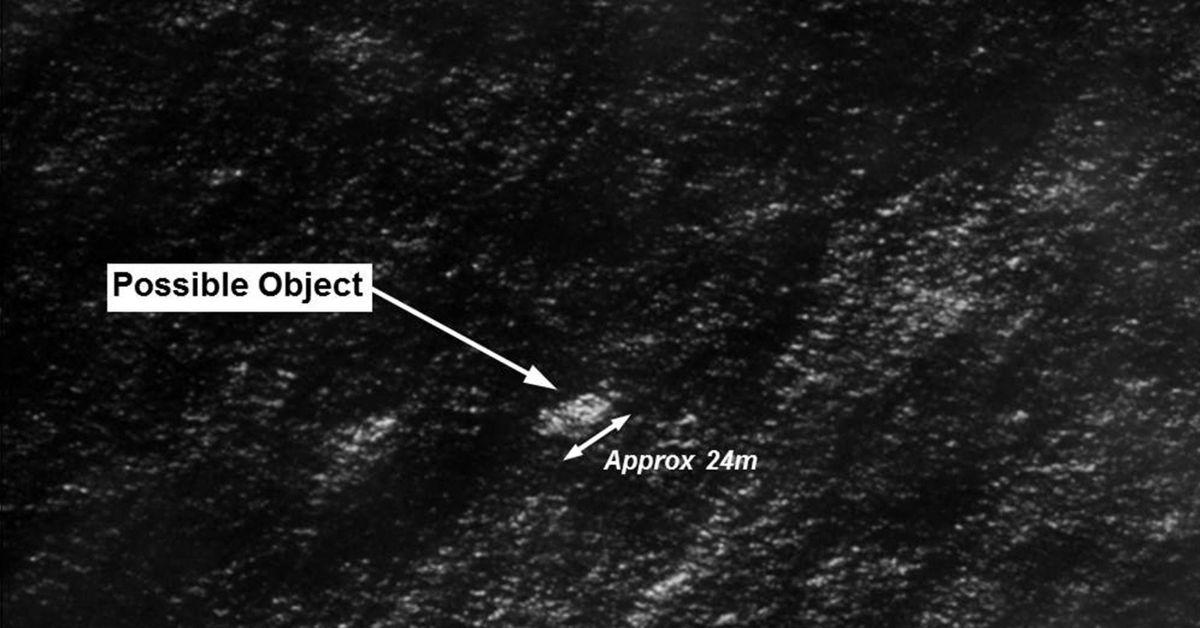MH370 Found? Naval Officer Reveals Stunning New Theory About Missing Malaysia Airlines Flight

Plane debris found on the Indian Ocean island of Reunion was reported to belong to Malaysia Airlines Flight MH370.
Jan. 4 2024, Published 11:13 a.m. ET
A former naval officer who participated in the search for Malaysia Airlines Flight MH370 claims that the pilot intentionally crashed the plane in an unexplored location.
Peter Waring, who joined the search team six months after the plane disappeared on March 8, 2014, believes that the wreckage was not overlooked in previous searches.

Many theories have surfaced about where the wreck of Malaysia Airlines Flight MH370 may be but Peter Waring says the aircraft has not yet been found because nobody has looked in the right place.
Waring, who specializes in surveying and mapping sea floors, was enlisted to examine a designated search area identified by experts using satellite data and flight simulations.
As part of the Joint Agency Coordination Centre (JACC), an Australian government agency established in March 2014 to oversee the extensive search efforts, he contributed to the exploration for the missing flight that was en route from Kuala Lumpur to Beijing with 239 souls aboard.
The search involved various phases, including an acoustic search, a sonar search and a bathymetric survey. Despite the precision of their scans, no trace of MH370 was discovered.
Waring posits that the search team erred in their focus and exerted considerable effort in the wrong location, The Sun reported. He suggests that assuming the aircraft was not under control at the end might have led to misdirection.
- Location of Crashed Malaysian Airlines Flight MH370 Pinpointed, New Search Will Be Quick, Avionics Expert Says
- Mystery Solved? New Search for Missing Malaysia Flight MH370 Predicted to Find Wreckage Within Weeks
- Expert Says Recovered MH370 Debris Shows 'How' and 'Where' Doomed Malaysia Airlines Plane Crashed Decade Ago
Drawing on the theories of expert and Boeing 777 pilot Simon Hardy, Waring proposes that the pilot deliberately steered the plane far into the Indian Ocean, beyond the previously explored area.
Hardy's calculations, utilizing Immarsat data and his knowledge of Boeing 777 performance, indicate the plane was intentionally brought down over the Geelvinck Fracture Zone. According to this theory, the pilot aimed to conceal the aircraft permanently, executing a controlled ditching to limit the debris field.
Contrary to other perspectives suggesting occupants were incapacitated, Hardy believes the pilot was in control when the plane descended. Waring emphasizes the need to reconsider the assumption that the aircraft was not under control at the end of its trajectory.
During the perilous sea mission, Waring and his team faced extreme conditions. Slow-moving ships, towing submerged sensors at a precarious pace, navigated treacherous waters. Waring expressed concern about the safety of the crew and highlighted the hazardous nature of the operation.
Never miss a story — sign up for the Front Page Detectives newsletter. Be on the scene the moment news breaks.
The search mission operated under constant political pressure, with a focus on daily progress reports emphasizing the coverage of the search area rather than the accuracy of the chosen location.
Waring concludes that the search team executed their duties properly, asserting that, regardless of new evidence or analyses, the designated search area would remain unchanged.
Become a Front Page Detective
Sign up to receive breaking
Front Page Detectives
news and exclusive investigations.
